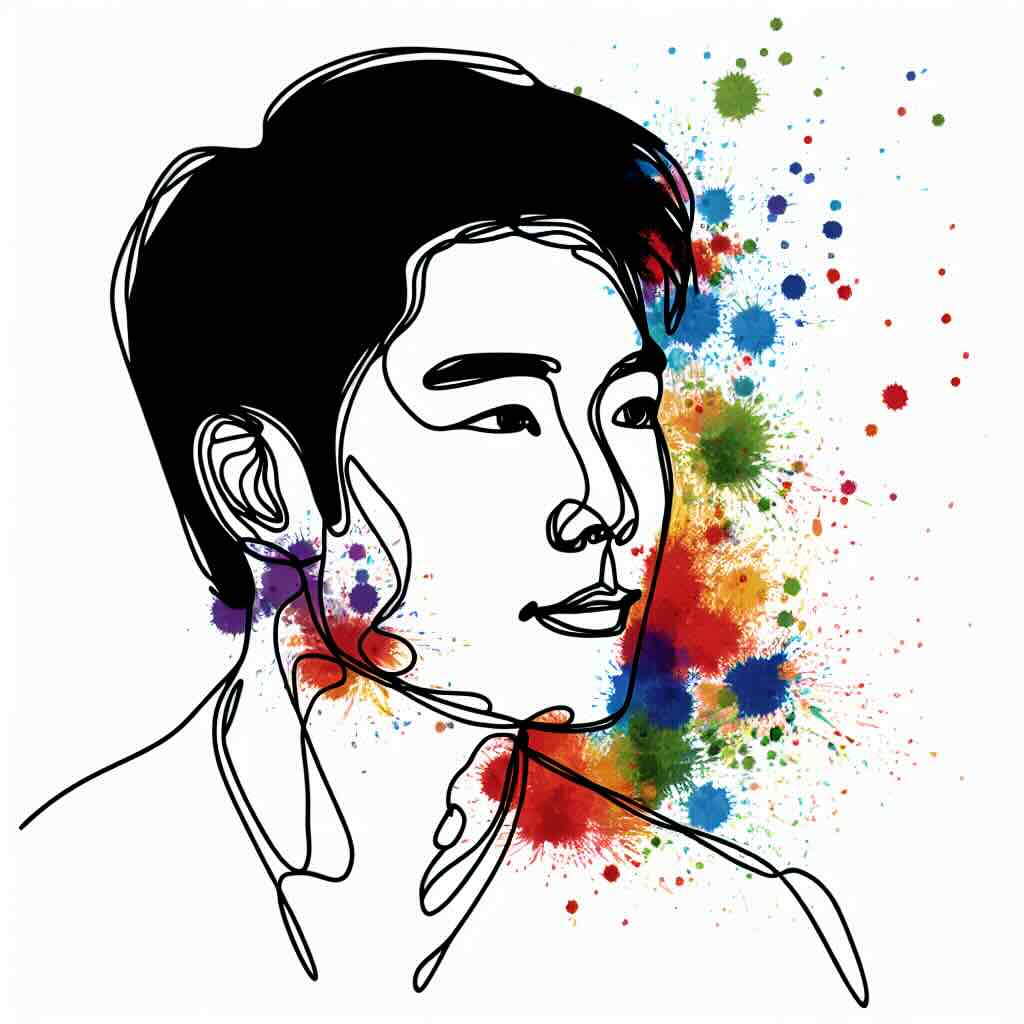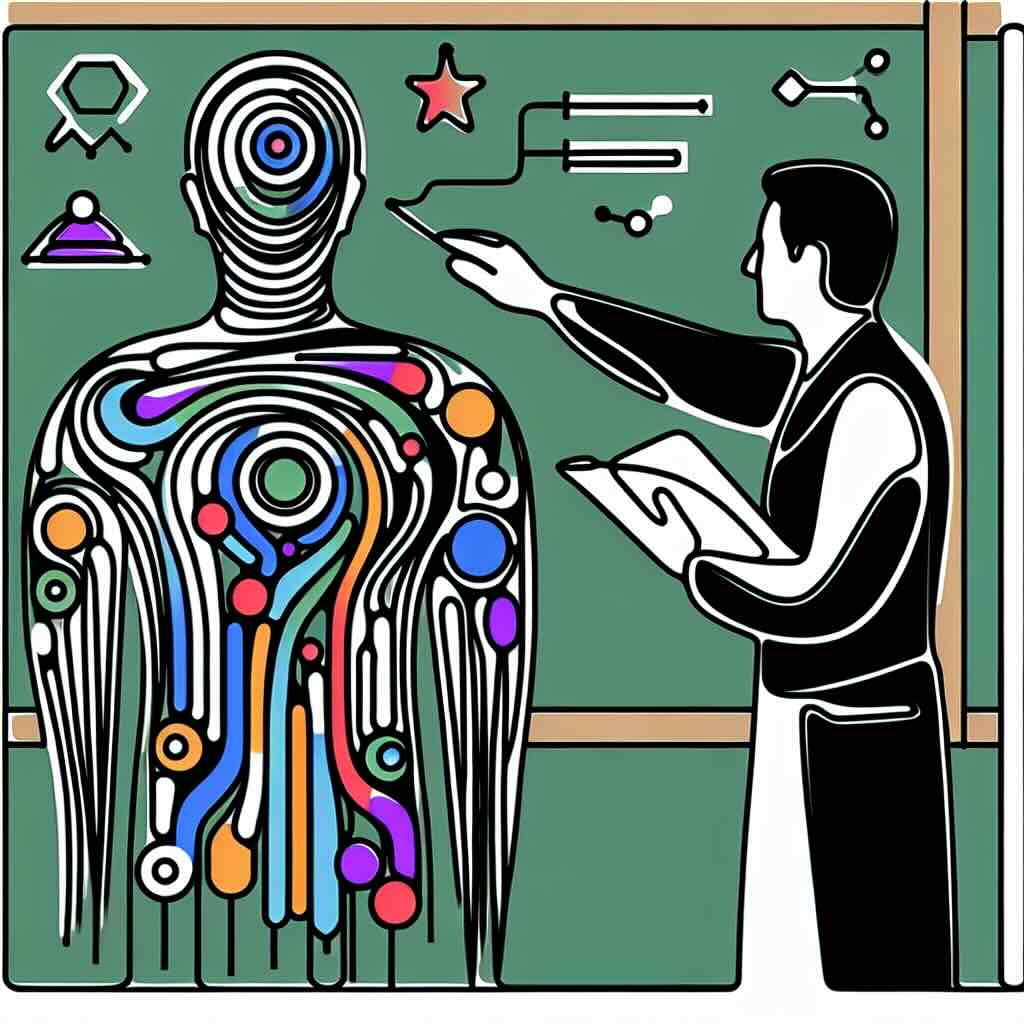A depiction of achieving numerous goals. In this instance it shows arrows hitting a target.
Clear learning design criteria are essential for creating effective and engaging eLearning experiences. They provide instructional designers with a structured framework, ensuring courses align with educational goals, maintain consistency, and enhance learner engagement. By using predefined criteria, designers can enjoy development, improve quality control, and reduce costly revisions. These criteria also support organisational objectives and create a smoother, faster production process. Additionally, working within a defined criteria framework enhances a designer’s skillset by reinforcing best practices and encouraging continuous learning. Without clear criteria, courses risk inconsistency, inefficiency, and reduced effectiveness. Establishing strong design criteria leads to higher-quality learning experiences, benefiting both learners and organisations.
Contents
- What is a set of learning design criteria?
- How design criteria benefit the learner experience
- The importance of design criteria to a successful learning design
- How learning design criteria develops a designer’s skillset
- Quality review and control processes and how they use criteria
- How criteria provide a pre-review checklist
- Why criteria provide consistency across a program or set of courses
- How criteria align to organisational objectives, aims, or targets
- Why production is faster and cheaper when learning designs align to criteria
- How to use and customise the default criteria in coursensu
- Benefits of setting clear criteria
- Risks of not having criteria set
- One thing you can try today
- Summary
- Related topics
What is a set of learning design criteria?
Learning design criteria are a set of defined principles, guidelines, and benchmarks used to create effective learning experiences. These criteria ensure that courses meet educational objectives, provide a consistent learner experience, and align with best practices in instructional design. They serve as a framework for designers, helping them structure content, interactions, assessments, and multimedia elements in a purposeful way.
How design criteria benefit the learner experience
Clear learning design criteria directly improve the learner experience by ensuring content is well-structured, engaging, and aligned with learning objectives. When instructional designers follow established criteria, courses become more accessible, interactive, and impactful. Learners benefit from coherent navigation, meaningful activities, and assessments that accurately measure progress, resulting in a more effective and enjoyable learning journey.
The importance of design criteria to a successful learning design
A structured set of design criteria acts as a guiding framework that helps designers make informed decisions throughout the development process. It reduces ambiguity, supports evidence-based instructional strategies, and ensures that learning materials are purposefully designed to achieve specific outcomes. Without clear criteria, designs may lack focus, leading to ineffective or inconsistent learning experiences.
How learning design criteria develops a designer’s skillset
Using defined learning design criteria helps instructional designers refine their expertise and build a strong foundation in best practices. It encourages a systematic approach to design, fostering skills in content organisation, learner engagement, accessibility, and instructional strategy. By consistently applying these criteria, designers gain deeper insights into what works effectively in eLearning, enhancing their ability to create impactful and well-structured learning experiences. Additionally, working within a framework of design criteria promotes continuous learning and improvement, ensuring that designers stay current with evolving industry standards and pedagogical approaches.
Quality review and control processes and how they use criteria
Quality control in learning design depends on predefined criteria to evaluate effectiveness and consistency. By applying structured criteria, designers can systematically review courses for clarity, engagement, and instructional soundness. Quality reviews based on these criteria help identify gaps, ensure compliance with educational standards, and refine learning experiences before they reach learners.
How criteria provide a pre-review checklist
Before a course enters formal review, learning design criteria serve as a practical checklist for designers and developers. This checklist ensures that key instructional components, such as learning objectives, engagement strategies, assessments, and accessibility considerations, have been properly implemented. By using this structured approach, teams can catch potential issues early, reducing the need for extensive revisions later.
Why criteria provide consistency across a program or set of courses
Design criteria are essential for maintaining a cohesive learning experience across multiple courses or an entire training program. They establish a uniform approach to instructional strategies, visual design, and assessment methods, ensuring that learners encounter a consistent style and format. This consistency builds trust, improves user experience, and enhances the credibility of the educational offering.
How criteria align to organisational objectives, aims, or targets
Organisations invest in learning and development to achieve specific goals, whether related to compliance, skill development, or performance improvement. Learning design criteria help bridge the gap between instructional design and organisational objectives by ensuring that all learning materials contribute meaningfully to broader strategic aims. When criteria align with business or educational goals, training programs become more impactful and measurable.
Why production is faster and cheaper when learning designs align to criteria
A well-defined set of learning design criteria streamlines production by providing clear direction for content creation. It minimises rework, accelerates development cycles, and reduces costly errors. Teams spend less time debating design choices and more time refining engaging, high-quality content. This efficiency leads to faster turnaround times and significant cost savings in eLearning development.
How to use and customise the default criteria in coursensu
Coursensu provides pre-set learning design criteria that instructional designers can use as a foundation for their projects. These criteria can be customised to align with an organisation's unique needs, ensuring that courses meet specific learning goals and brand standards. Coursensu’s collaborative features also allow teams to refine criteria over time, creating a continuously improving framework for course development and as a catalyst for discussion about the most important considerations in learning design.
Benefits of setting clear criteria
- Ensures instructional quality and effectiveness.
- Enhances learner engagement and experience.
- Reduces development time and costs.
- Improves consistency across multiple courses.
- Aligns learning with organisational goals.
- Supports a structured review and approval process.
Risks of not having criteria set
- Inconsistent course quality and structure.
- Increased time and cost due to rework.
- Misalignment with learning objectives or organisational goals.
- Reduced engagement and effectiveness of training.
- Difficulties in scaling or standardising learning programs.
One thing you can try today
Review an existing course or module and create a checklist of learning design criteria based on best practices. Identify areas where the course meets expectations and areas that need improvement. This exercise will help you see the value of structured criteria in refining learning experiences and spot which parts of your new criteria can be re-used for future designs.
Summary
Clear learning design criteria improve eLearning quality, streamline development, and enhance instructional designers' skills. They ensure consistency across programs, align with organisational goals, and provide a structured approach to course creation. By implementing and refining these criteria, learning teams can create more effective, engaging, and cost-efficient training experiences.
Related topics
- Best practices for instructional design quality control.
- How to develop a learning design framework.
- The role of learning objectives in course development.
- Strategies for improving eLearning production efficiency.
- Aligning training programs with business goals.







